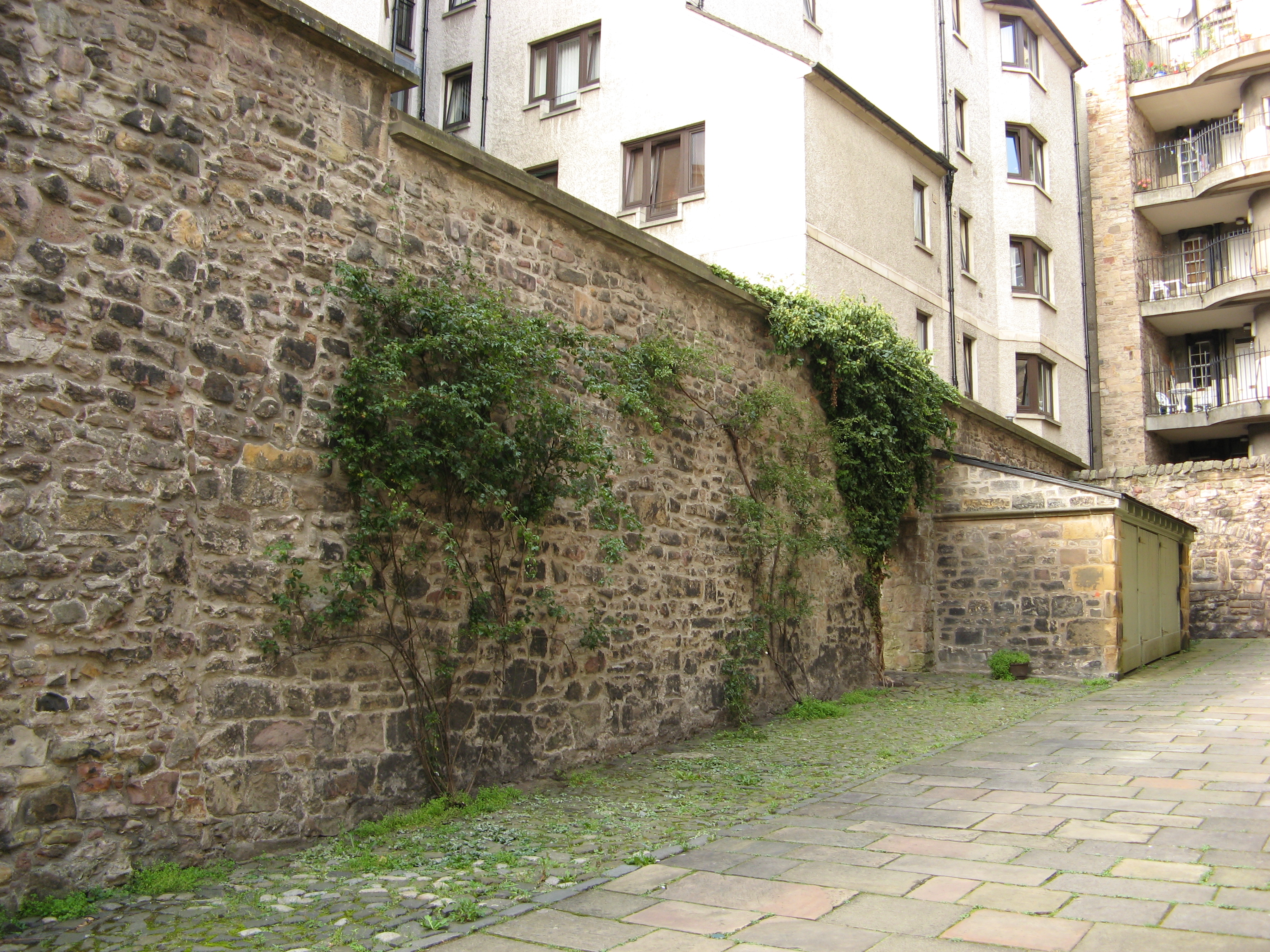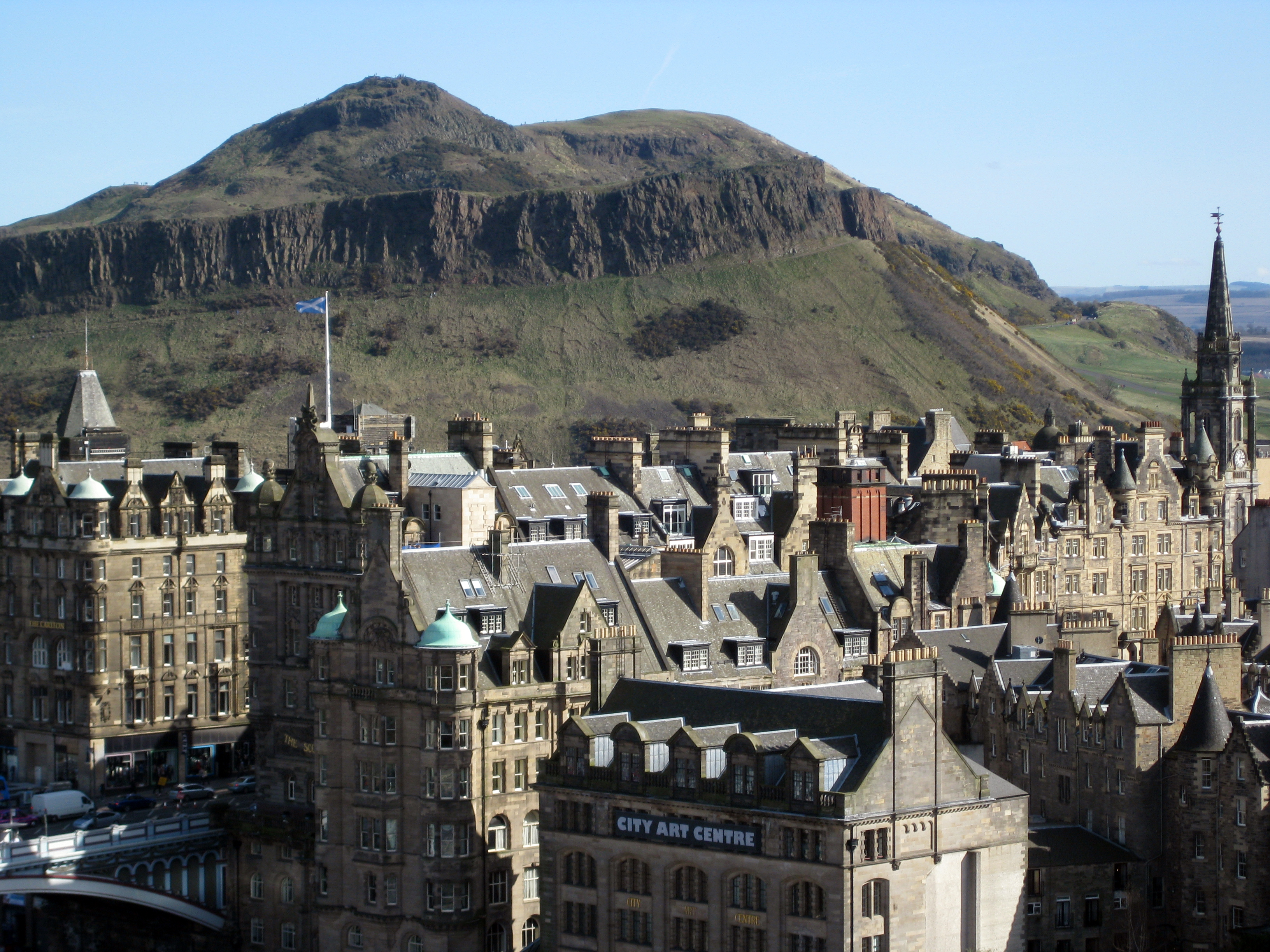|
Portsburgh
Portsburgh was a burgh of barony outside the city walls of Edinburgh, Scotland from 1649 to 1856, taking its name from the West Port (gate) of Edinburgh. It extended from Lochrin Lochrin is a small area in Edinburgh, the capital of Scotland. It is in the south-west corner of the city centre, to the west of Tollcross, and south of Fountainbridge. Lochrin contains a wide mixture of retail shops, leisure facilities, other ... in the west to Drummond Street in the east, and from King's Stables Road in the north to the Meadows in the south. The name survives in Portsburgh Square off the West Port, which was itself formerly named Wester Portsburgh. References Areas of Edinburgh Burghs 1649 establishments in Scotland {{edinburgh-geo-stub ... [...More Info...] [...Related Items...] OR: [Wikipedia] [Google] [Baidu] |
West Port, Edinburgh
The West Port is a street in Edinburgh, Edinburgh's Old Town of Edinburgh, Old Town, Scotland, located just south of Edinburgh Castle. It runs from Main Point (the junction of Bread Street, Lauriston Street, East Fountainbridge and High Riggs) down to the south west corner of the Grassmarket. It is named for the westernmost gate in the city walls, (the word for "gate" was "port" in old scots) named the ''West Port,'' which was the only westwards exit from the city when the city walls stood, allowing passage through the Flodden Wall. The "Port" (gate) itself was demolished in 1786. The history of the street Historic names for the street and area Wester Portsburgh, as the area around the West Port was formerly known, was the main street through the western part of the burgh of Portsburgh - a burgh of barony from 1649 to 1856. The name ''West Port'' originally referred only to the gate itself, but was used for the entire length of the street leading away from the gate in maps f ... [...More Info...] [...Related Items...] OR: [Wikipedia] [Google] [Baidu] |
Flodden Wall
There have been several town walls around Edinburgh, Scotland, since the 12th century. Some form of wall probably existed from the foundation of the royal burgh in around 1125, though the first building is recorded in the mid-15th century, when the King's Wall was constructed. In the 16th century the more extensive Flodden Wall was erected, following the Scots' defeat at the Battle of Flodden in 1513. This was extended by the Telfer Wall in the early 17th century. The walls had a number of gates, known as ports, the most important being the Netherbow Port, which stood halfway down the Royal Mile. This gave access from the Canongate which was, at that time, a separate burgh. The walls never proved very successful as defensive structures, and were easily breached on more than one occasion. They served more as a means of controlling trade and taxing goods, and as a deterrent to smugglers. By the mid 18th century, the walls had outlived both their defensive and trade purposes, and d ... [...More Info...] [...Related Items...] OR: [Wikipedia] [Google] [Baidu] |
Burgh Of Barony
A burgh of barony was a type of Scottish town (burgh). Burghs of barony were distinct from royal burghs, as the title was granted to a landowner who, as a tenant-in-chief, held his estates directly from the crown. (In some cases, they might also be burghs of regality where the crown granted the leading noblemen judicial powers to try criminals for all offences except treason). They were created between 1450 and 1846, and conferred upon the landowner the right to hold weekly markets. Unlike royal burghs, they were not allowed to participate in foreign trade. In practice very few burghs of barony developed into market towns. Over 300 such burghs were created: the last was Ardrossan in 1846. From 1833 inhabitants of such burghs could form a police burgh governed by elected commissioners. In some cases the existing burgh continued to exist alongside the police burgh. Remaining burghs of barony were abolished in 1893 by the Burgh Police (Scotland) Act, 1892. Where a police burgh had ... [...More Info...] [...Related Items...] OR: [Wikipedia] [Google] [Baidu] |
Edinburgh
Edinburgh ( ; gd, Dùn Èideann ) is the capital city of Scotland and one of its 32 Council areas of Scotland, council areas. Historically part of the county of Midlothian (interchangeably Edinburghshire before 1921), it is located in Lothian on the southern shore of the Firth of Forth. Edinburgh is Scotland's List of towns and cities in Scotland by population, second-most populous city, after Glasgow, and the List of cities in the United Kingdom, seventh-most populous city in the United Kingdom. Recognised as the capital of Scotland since at least the 15th century, Edinburgh is the seat of the Scottish Government, the Scottish Parliament and the Courts of Scotland, highest courts in Scotland. The city's Holyrood Palace, Palace of Holyroodhouse is the official residence of the Monarchy of the United Kingdom, British monarchy in Scotland. The city has long been a centre of education, particularly in the fields of medicine, Scots law, Scottish law, literature, philosophy, the sc ... [...More Info...] [...Related Items...] OR: [Wikipedia] [Google] [Baidu] |
Scotland
Scotland (, ) is a country that is part of the United Kingdom. Covering the northern third of the island of Great Britain, mainland Scotland has a border with England to the southeast and is otherwise surrounded by the Atlantic Ocean to the north and west, the North Sea to the northeast and east, and the Irish Sea to the south. It also contains more than 790 islands, principally in the archipelagos of the Hebrides and the Northern Isles. Most of the population, including the capital Edinburgh, is concentrated in the Central Belt—the plain between the Scottish Highlands and the Southern Uplands—in the Scottish Lowlands. Scotland is divided into 32 administrative subdivisions or local authorities, known as council areas. Glasgow City is the largest council area in terms of population, with Highland being the largest in terms of area. Limited self-governing power, covering matters such as education, social services and roads and transportation, is devolved from the ... [...More Info...] [...Related Items...] OR: [Wikipedia] [Google] [Baidu] |
Lochrin
Lochrin is a small area in Edinburgh, the capital of Scotland. It is in the south-west corner of the city centre, to the west of Tollcross, and south of Fountainbridge. Lochrin contains a wide mixture of retail shops, leisure facilities, other businesses and tenement housing. Major new office and residential developments have replaced some of the older buildings. When the basins at the eastern end of the Union Canal were filled in and the canal truncated in 1921, Lochrin Basin became the eastern terminus. At that time, the Leamington Lift Bridge was moved from where Fountainbridge crossed the canal to its current location just to the west of the basin. Lochrin Basin is the centrepiece of Edinburgh Quay, a mixed-use development providing office and residential accommodation and licensed premises, which was voted the Best Regeneration project in Scotland at the Scottish Design Awards 2005. It is also the eastern end of the Forth and Clyde Canal Pathway The Forth and Clyd ... [...More Info...] [...Related Items...] OR: [Wikipedia] [Google] [Baidu] |
The Meadows (park)
__NOTOC__ The Meadows is a large public park in Edinburgh, Scotland, to the south of the city centre. It consists largely of open grassland crossed by tree-lined paths, but also has a children's playground, a croquet club, tennis courts and recreational sport pitches. It is bordered by the University of Edinburgh's George Square campus, the Gordon Aikman Lecture Theatre, the main university library and the Quartermile development on the site of the old Edinburgh Royal Infirmary to the north, Marchmont, Summerhall and Sciennes to the south and Newington to the east. To the south-west it becomes Bruntsfield Links where there is a free, public pitch and putt golf course. History The Meadows is historically common land and although now in the care of the council is technically in the ownership of the community itself. It was used for unhindered common grazing until at least 1920 and only with the demise of this need did it become exclusively "a park". The Meadows ... [...More Info...] [...Related Items...] OR: [Wikipedia] [Google] [Baidu] |
Areas Of Edinburgh
Edinburgh ( ; gd, Dùn Èideann ) is the capital city of Scotland and one of its 32 council areas. Historically part of the county of Midlothian (interchangeably Edinburghshire before 1921), it is located in Lothian on the southern shore of the Firth of Forth. Edinburgh is Scotland's second-most populous city, after Glasgow, and the seventh-most populous city in the United Kingdom. Recognised as the capital of Scotland since at least the 15th century, Edinburgh is the seat of the Scottish Government, the Scottish Parliament and the highest courts in Scotland. The city's Palace of Holyroodhouse is the official residence of the British monarchy in Scotland. The city has long been a centre of education, particularly in the fields of medicine, Scottish law, literature, philosophy, the sciences, and engineering. It is the second-largest financial centre in the United Kingdom, and the city's historical and cultural attractions have made it the UK's second-most visited tourist d ... [...More Info...] [...Related Items...] OR: [Wikipedia] [Google] [Baidu] |
Burghs
A burgh is an autonomous municipal corporation in Scotland and Northern England, usually a city, town, or toun in Scots. This type of administrative division existed from the 12th century, when King David I created the first royal burghs. Burgh status was broadly analogous to borough status, found in the rest of the United Kingdom. Following local government reorganisation in 1975, the title of "royal burgh" remains in use in many towns, but now has little more than ceremonial value. History The first burgh was Berwick. By 1130, David I (r. 1124–53) had established other burghs including Edinburgh, Stirling, Dunfermline, Haddington, Perth, Dumfries, Jedburgh, Montrose and Lanark. Most of the burghs granted charters in his reign probably already existed as settlements. Charters were copied almost verbatim from those used in England, and early burgesses usually invited English and Flemish settlers.A. MacQuarrie, ''Medieval Scotland: Kinship and Nation'' (Thrupp: Sutton ... [...More Info...] [...Related Items...] OR: [Wikipedia] [Google] [Baidu] |




.jpg)


